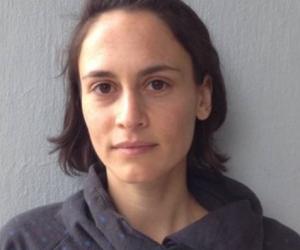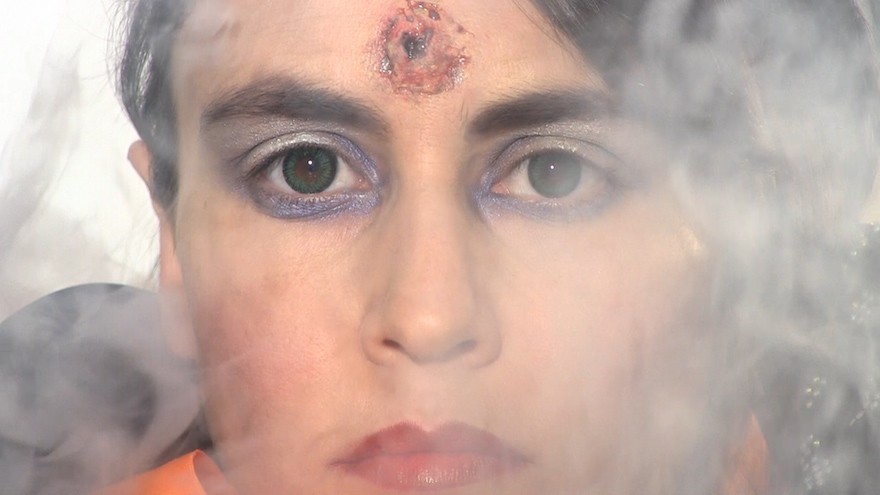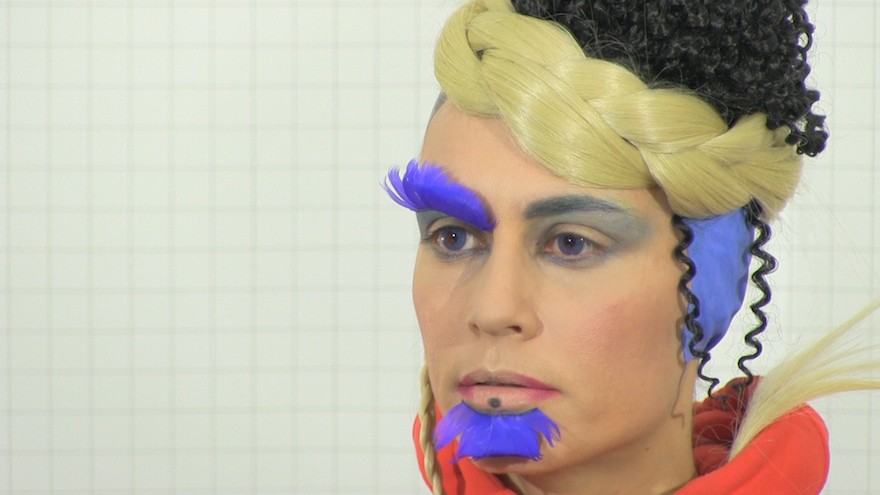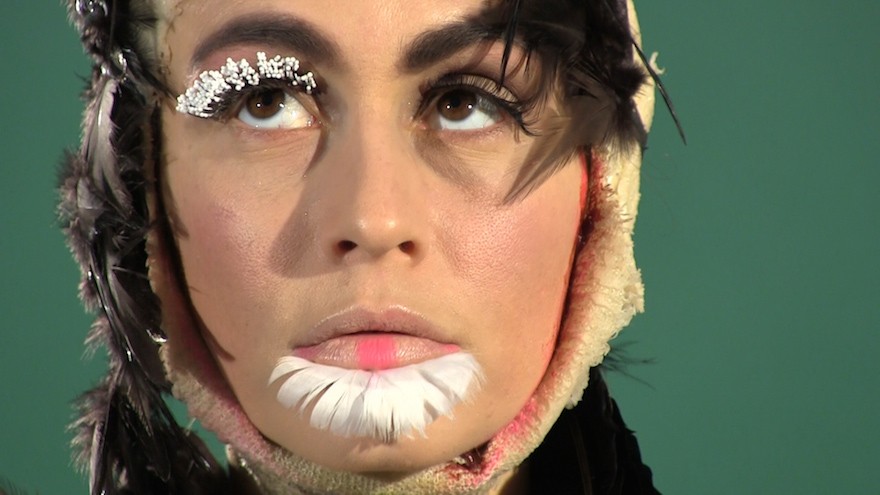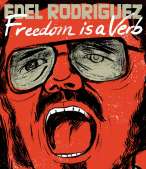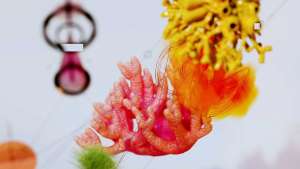From the Series
Israeli-born designer Naama Schendar is a multidisciplinary artist who has been exploring trauma and empathy in her graduate project Your Beautiful Self. Noticing that empathy can be used in a very real and dangerous way in social and political strategies (for example where empathy towards certain groups of people is reduced or in severe cases totally eradicated, leading one group to view another as “less than human”), Schendar began to wonder if empathy could be intentionally increased as well as decreased.
“I wanted to research trauma because to some extent I was always surrounded by it. I was born and raised in Jerusalem. Occupation, conflict, terror and war were always in the background. All four of my grandparents had suffered through war, starvation and displacement,” says Schendar. “And so, although I believe I had a wonderful life and am pretty lucky all in all, trauma had shaped the world around me.”
“Personally I think empathy is the greatest gift we have as living beings,” says Schendar. “I believe it is what gives purpose to life, as it allows us to connect with somebody (or something) else and thus to venture beyond ourselves. In this regard, for me, empathy lies at the core of art and gives purpose to imagination.”
In Your Beautiful Self, Schendar investigates if it is possible to trigger empathy by adopting the voice of another. She started interviewing people who had experienced trauma and then lip-synching over the recordings with the aim of training herself to feel what the other person was feeling.
“I was pretty sceptical of it at first. Speaking in someone else's voice just seemed like such a cliché, you know? Right there with ‘walking in someone else shoes’… So I began using this method just as trigger, until a better method would come up. But when I truly committed to it, I began feeling that there is something very real to it,” says Schendar.
“When you try to mimic someone else’s speech, you find that the main challenge has little to do with the words themselves, but more with the nuances, the pauses, the swallowing of the saliva, the slight fluctuations of the voice, etc. I began to find fascinating correlations between such nuances of speech and the speakers’ emotions and thought processes. In short, after a month of lip-sync training I was truly excited about the whole thing and came to realise it really works as a tool of self transformation.”
In her early experiments and films, Schendar wore no costumes or make up, but she found that most of her feedback was to do with how her peers felt about the differences between the way she looked and the way she sounded.
“For example, when I played some of Dr. Lisak (a neurobiologist and trauma expert) the discussion was always diverted to how strange it is to see a female speaking with a man’s voice - how masculine I seem on the screen, and so on,” says Schendar. “I was really frustrated, because I wanted the audience to focus on the spoken content.”
After that, she began to to wear extreme make up and bizarre clothing in an attempt to sidestep any visual classifications of race, gender or culture. Her visual characters added an element of the fantastical to her project.
“Generally humans are incapable of remembering facts without altering them to some extent. We remember what affects us emotionally, or what has significance for us, and so there is always an emotional filter to our experiences. Traumatic memories are unique because unlike other memories, they are formed during crisis,” says Schendar. “Traumatic memories might be incoherent, or have some inconsistencies, but that doesn’t necessarily make them fictitious. Some elements of memory, like sensorial memory, are actually extremely enhanced during traumatic experiences.”


